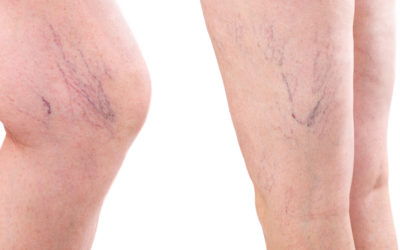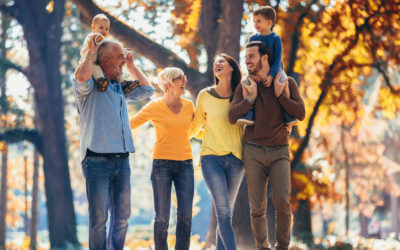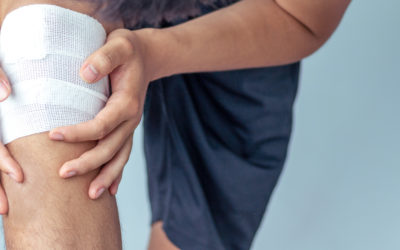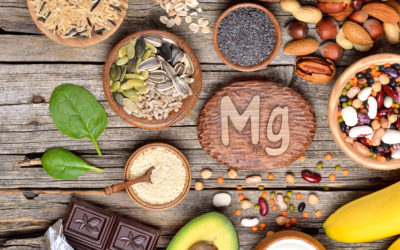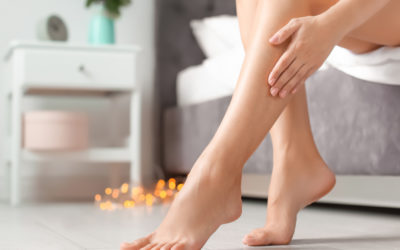When you’re young, no one tells you that one day your veins will stretch out due to pools of blood in your legs. Most adults are frighteningly unprepared for the aging process.
Aging is a natural part of human life. However, that doesn’t mean there are some uncomfortable parts of the process. Varicose veins are one example of those uncomfortable parts. Besides their unaesthetic appearance, they can be painful.
There are several convenient indoor exercises perfect for the cold seasons that can help reduce varicose veins. Read more about them below.
1. Leg Lifts and Bicycle Kicks
Leg lifts and bicycle kicks are some of the more strenuous exercises that can get the blood flowing and reduce the appearance of varicose veins.
Leg lifts involve sitting or lying down, then lifting one leg up and holding it, then bringing it slowly back down. Bicycle kicks are similar but involve lifting two legs, bending at the knee, and moving as if riding a bicycle.
2. Variations of Lunges
This is another, more strenuous indoor exercise, but there are many variations of lunges you can try.
A backward lunge requires a standing position, you can step one leg back and lower your body until the standing leg reaches a 90-degree angle at the knee. Conversely, a forward lunge requires you to step one leg forward and lower your body until that leg has a 90-degree angle at the knee.
3. Sit and Stand Indoor Exercises
For a simpler exercise that is less strenuous, sitting and standing is a great way to get the blood flowing. The best part is that it can be done practically anywhere, even at work. Simply sit down and stand up slowly, at least ten to fifteen times.
4. Rocking on Your Feet
Rocking on your feet is one of the most gentle ways to exercise your legs. Those with health conditions may safely try this method after checking with their primary care physician. All that’s needed is to stand upright and rock on your feet from heel to toe.
5. Invest in a Treadmill
If you have the budget, investing in a treadmill is one way to ensure you get walking and running exercise even on days with bad weather. Spend at least 30 minutes a day walking or running to see the best results.
6. Invest in a Stationary Bike
If you enjoy bicycle kicks, another good investment is a stationary bike. Riding a bike outdoors is wonderful, but the weather doesn’t always comply. Bicycling is a lower impact exercise than walking or running, so it’s easier on the joints.
Get Professional Treatment
For the best results, these indoor exercises are best performed under the supervision of a medical professional. They can be done in conjunction with safe and minimally invasive methods like sclerotherapy, phlebectomy, or endovenous laser ablation therapy.
To get professional, medical guidance for treating your varicose veins, do not hesitate to contact us at the Lexington Vein Institute.




